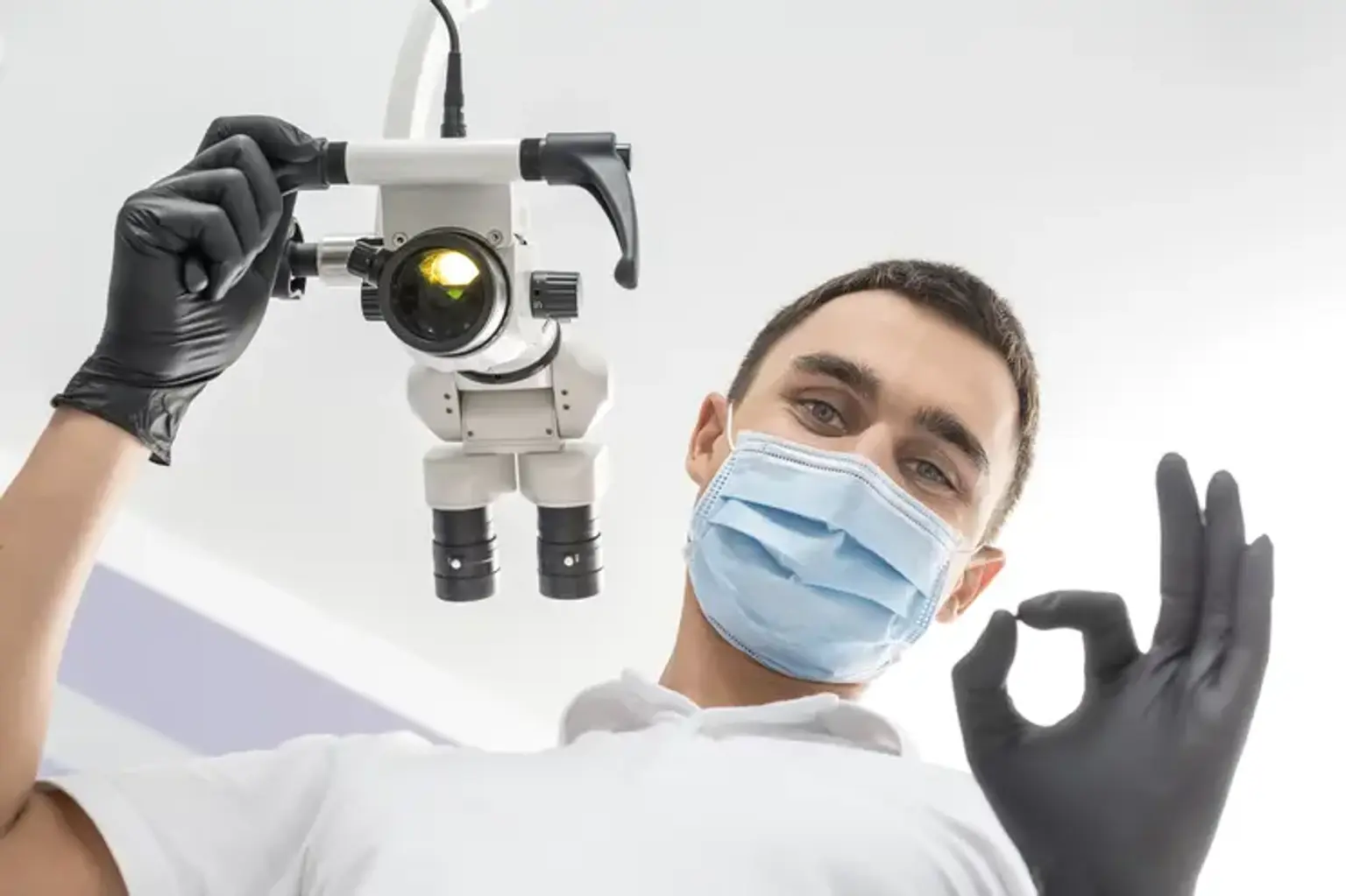What is Microscope-Assisted Dentistry?
Microscope-assisted dentistry refers to the use of high-powered dental microscopes to enhance precision during dental procedures. These specialized tools provide a magnified, detailed view of the teeth, gums, and surrounding tissues, allowing dental professionals to perform treatments with greater accuracy. The technology has become a cornerstone in modern dentistry, especially for complex procedures like root canals, restorations, and surgeries.
Unlike traditional dental tools that offer limited visibility, dental microscopes enable a much higher magnification, often up to 20x. This allows dentists to detect even the smallest issues that may not be visible with the naked eye, improving treatment outcomes significantly. The introduction of this technology has reshaped how dentists approach dental procedures, ensuring higher success rates and fewer complications.
The Technology Behind Dental Microscopes
Dental microscopes are equipped with advanced optical technology that magnifies dental structures. These microscopes typically feature multiple lenses, built-in lighting, and adjustable focus settings. This gives dental professionals clear, bright views of the treatment area, even in the deepest parts of the tooth or gum. Many modern microscopes also include features like digital integration for capturing images and videos, which can be useful for patient education and record-keeping.
Traditional dental magnification tools, like loupes, offer limited magnification and do not provide the same level of detailed visualization. In contrast, a dental microscope’s high magnification allows dentists to see fine structures within the tooth, such as tiny cracks, early cavities, or complex root canal systems, which are often missed with the naked eye.
The ability to visualize these fine details helps in diagnosing dental issues more accurately and performing procedures with minimal invasiveness, reducing the risk of errors and complications.
